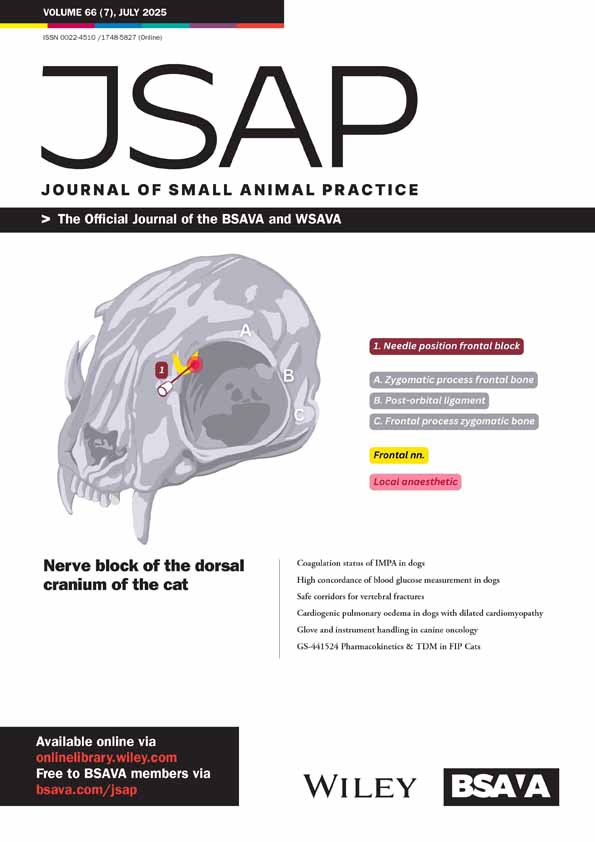The potential role of Syrian hamsters and other small animals as reservoirs of lymphocytic choriomeningitis virus
ABSTRACT
The history of human infections with lymphocytic choriomeningitis virus is briefly reviewed, with special reference to those of recent years associated with pet Syrian hamsters. Many human infections have been too trivial to have come to the attention of a physician but others have required long periods of convalescence. There is also evidence that foetal damage has arisen from infection during pregnancy.
The virus is perpetuated by vertical transmission in those colonies of wild house mice which are tolerantly infected. These mice excrete the virus throughout life at a high titre in urine and saliva. Experimental evidence is presented which demonstrates the transfer of infection from such mice to Syrian hamsters when natural conditions are simulated. Hamsters infected before weaning may appear healthy while excreting the virus at a high titre for several months, during which they are a serious health hazard to their owners. This secondary reservoir of the virus brings the source of infection one step nearer to the veterinarian in practice, and to his clients, and he will be in a key position to inform or assist his medical colleagues if this hazard is suspected.




